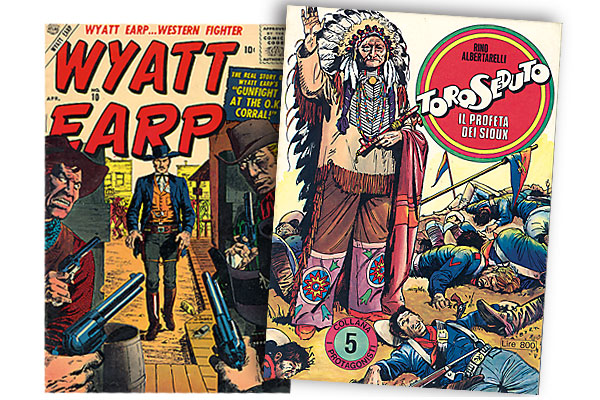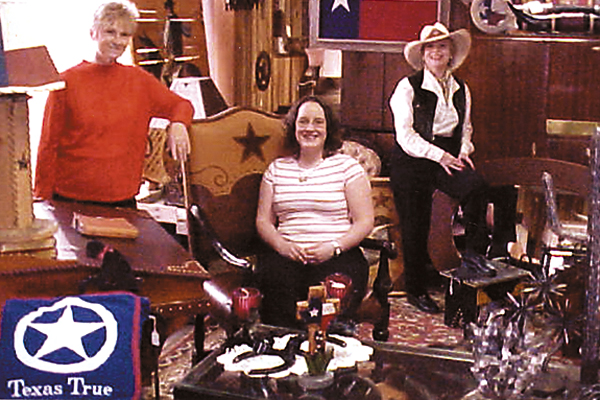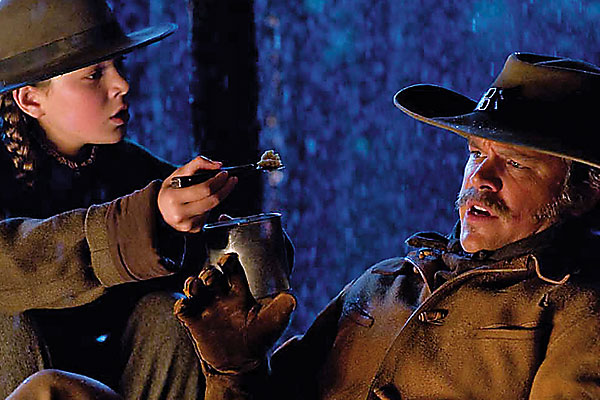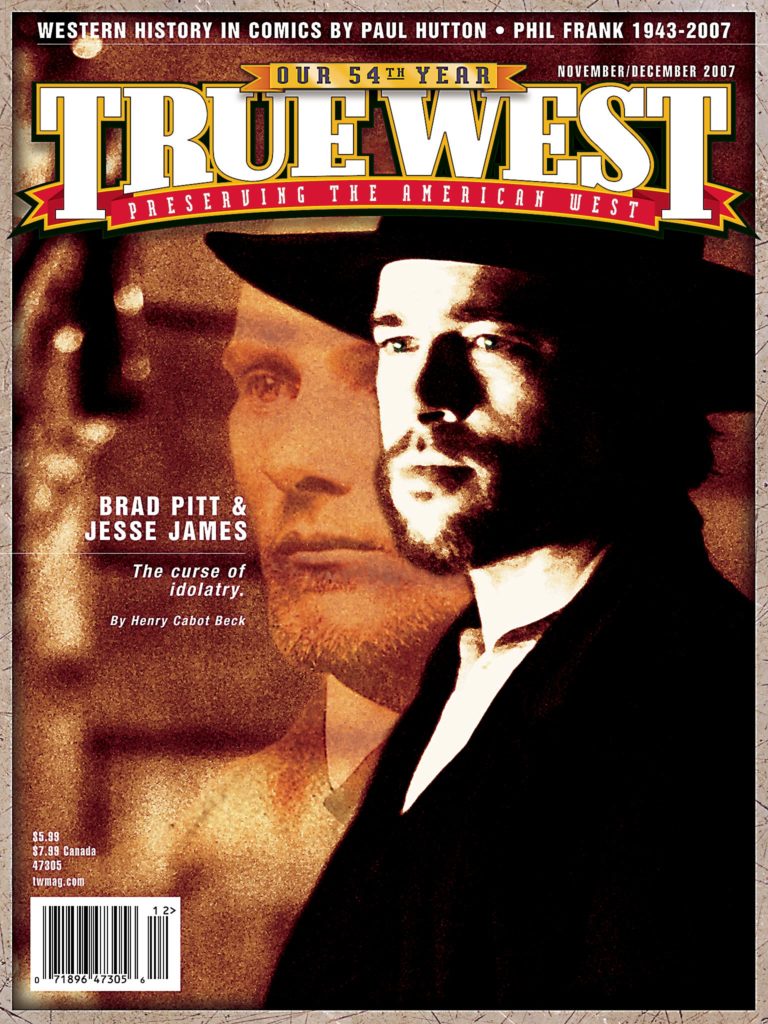
Will Rogers, born in the Indian Territory in 1879, was a true American icon.
As stage star, humorist, national newspaper columnist and radio and film star (71 movies) he had become America’s ambassador to the world by the time of his death in a plane crash in 1935.
Like many other celebrities, Rogers made the transformation into a comic hero. He appeared as the “World’s Most Famous Cowboy” on the November 1947 cover of True Comics, with its Lord Byron-like tagline:“Truth is stranger and a thousand times more thrilling than fiction.”
True Comics got its start in April 1941 to counteract the superhero comics and share the true stories of our past. Of all the nonfiction comics—including Real Heroes, Real Life Comics and Real Fact Comics—True Comics was the most successful, producing 84 issues until 1950.
The comic book was brand new at the time of Rogers’ death. Comic strips had first appeared in 1895 (R.F. Outcault’s “Yellow Kid” in The New York World), rapidly growing in popularity alongside movies, often sharing tales and characters. Both new mediums created fresh ways to tell stories visually. The first comic book was a 1933 Procter and Gamble promotional giveaway, Funnies on Parade, reprinting newspaper strips. In 1934, the first monthly commercial comic, Famous Funnies, appeared. In the June 1938 issue of Action Comics, Superman appeared, and the age of the superhero, and the golden age of the comics, began.
Paul Hutton returns to those “thrilling days of yesteryear” to explore how the Western comic was born, and just how Western history has been both used and abused in the comics. For better or worse, along with the movies and TV, comic books quickly became a major source of Western history for millions of people around the world.
When it comes to Western history in the comics, it is probably best to remember Will Rogers’ advice: “All I know is just what I read in the papers, and that’s an alibi for my ignorance.”
—The Editors





